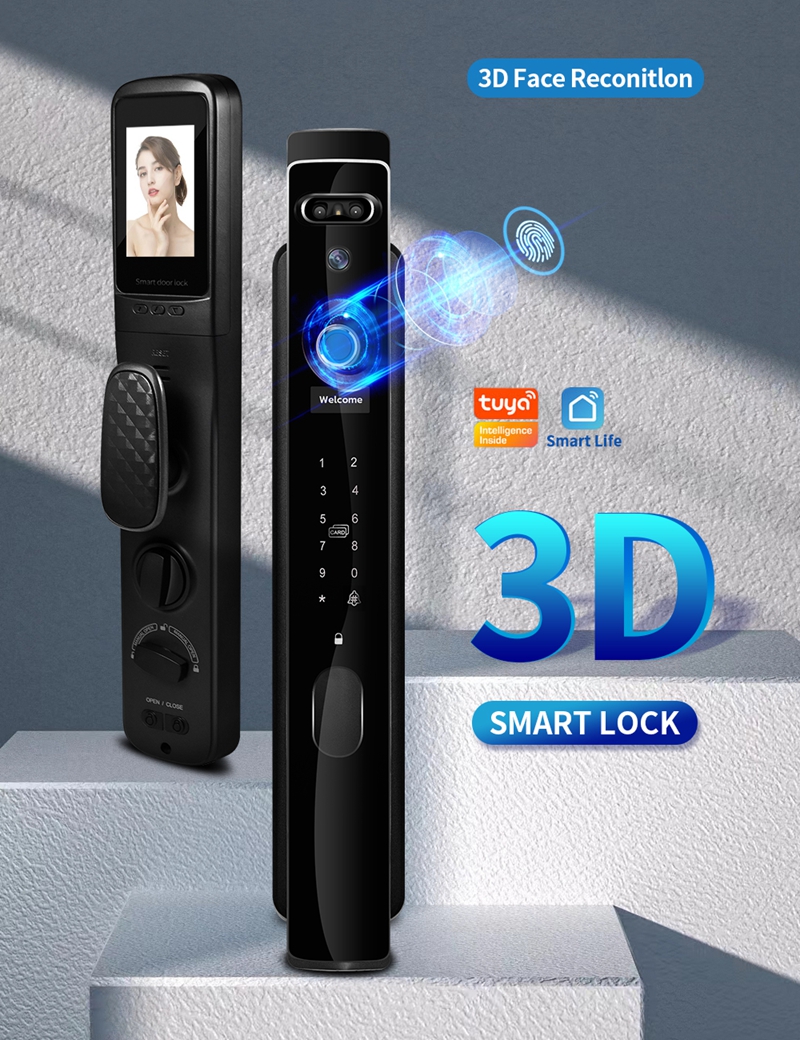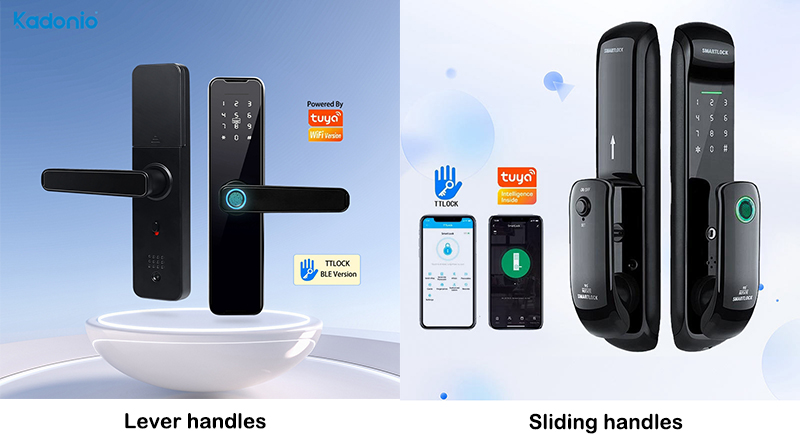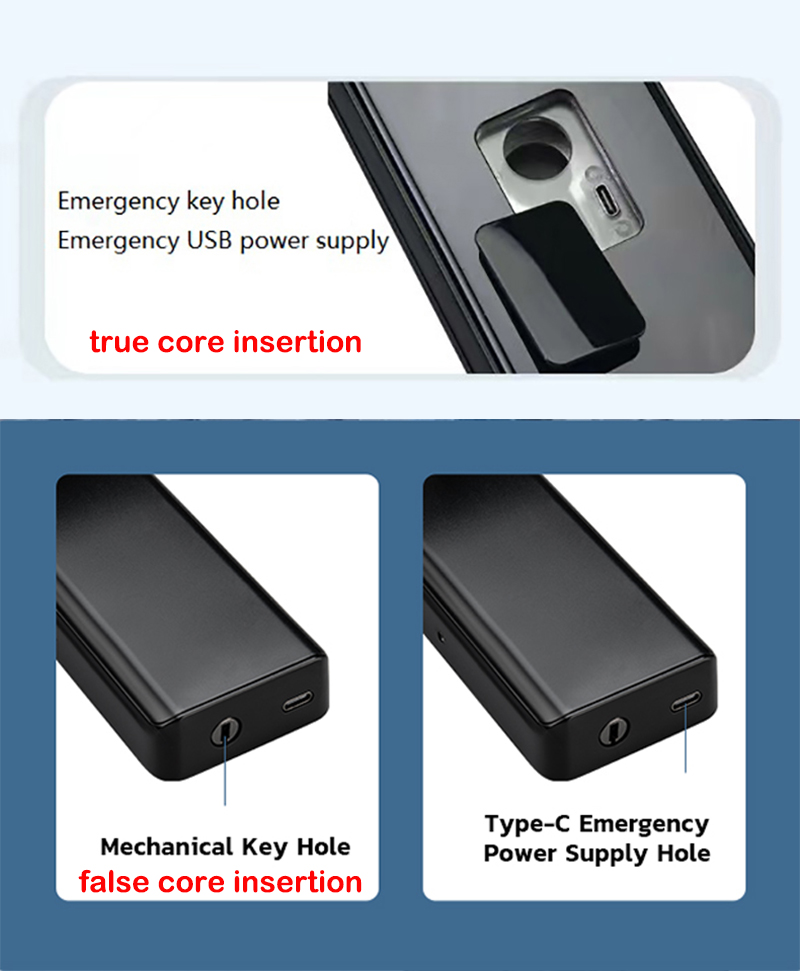Home is your sanctuary, protecting your family and belongings. When it comes to choosing a smart door lock, prioritizing security is paramount, followed by convenience. If you have the means, investing in a top-of-the-line smart lock for front door is advisable. However, if you’re on a budget, it’s better to opt for a standard model rather than compromising on quality. Remember, a smart home door lock is not just a necessity but a durable product that enhances your lifestyle and provides unparalleled convenience.
Personally, whenever I step out, I carry only my phone and my wits. No room for unnecessary hindrances!
But first, let’s clarify what exactly constitutes a smart lock.
A lock equipped with fingerprint recognition is commonly referred to as a fingerprint lock. However, it’s essential to note that not all fingerprint locks qualify as smart locks. A true smart lock must possess connectivity features, enabling seamless interaction between humans and technology. This connectivity can be achieved through Bluetooth (for short-range connections) or Wi-Fi (for remote access, usually requiring a gateway). Simply put, any fingerprint lock without app control cannot be considered a smart lock.
1. What kind of fingerprint module is employed?
Fingerprint and password unlocking are the most prevalent features of smart locks front door, making the fingerprint module’s recognition capability crucial. The industry widely favors live fingerprint recognition technology. Optical fingerprint recognition, known for its occasional failure to recognize fingerprints accurately, is best avoided. While there are remarkable technologies such as finger vein, iris, and facial recognition for door access, these innovations are currently limited in their application.
2. What materials are used for the lock panel and touchscreen?
Remember, the panel differs from the touchscreen, with the panel typically being made of metal and the touchscreen not.
For the lock panel, zinc alloy is highly recommended, followed by aluminum alloy. When it comes to touchscreens, there are various material options available. The effectiveness of the touchscreen and its price are directly proportional. Tempered glass (similar to smartphone screens) > PMMA (acrylic) > ABS, with PMMA and ABS both being types of plastics. Additionally, various processing techniques exist, but delving into the complexities of material and processing is beyond the scope of this article.
3. Mechanical lock bodies, electronic lock bodies, semi-automatic lock bodies, or fully automatic lock bodies?
Traditional key-operated locks predominantly feature mechanical lock bodies. Semi-automatic and fully automatic lock bodies fall under the category of electronic lock bodies. Fully automatic locks, which are rare and supplied by only a few vendors, sit at the top of the market. Undoubtedly, this technology is highly profitable due to its scarcity. With a fully automatic lock, there is no need to manually press the handle; the bolt automatically extends.
4. Lever handles or sliding handles?
We are accustomed to seeing locks with lever handles. However, lever handles often face the challenge of gravity, leading to loosening and sagging over time. Just observe the traditional mechanical locks in your home that have been in use for years; you’ll notice slight sagging. Nevertheless, some smart locks feature patented or technologically supported lever handle designs to prevent sagging. As for sliding handles, the market currently presents certain technological barriers, with most manufacturers lacking the capability. Moreover, the cost of implementing sliding locks is significantly higher than that of lever handles. Brands capable of producing sliding locks either hold patents or have acquired the technology from others.
5. Built-in motors or external motors?
An internal motor implies that it is situated within the lock body, making it difficult to unlock even if the front panel is damaged. Conversely, an external motor means it is located on the front panel, rendering the lock vulnerable if the panel is compromised. However, when faced with violent force, even doors themselves are unable to withstand it, let alone the locks.
As for the distinction between true and false core insertion, it is not a crucial concern. A true core indicates that the lock cylinder is installed within the lock body, while a false core suggests that the lock cylinder is placed on the front panel. The former is more resistant to tampering, while the latter involves a more painful process to compromise. Instead, focus on the security level of the lock cylinder, where national safety standards rank them as C-level > B-level > A-level.
Once you have a clear understanding of these five fundamental aspects, you can then evaluate additional software features. Who knows, a unique and appealing function might capture your attention and ignite your interest in a particular smart lock brand.
Post time: Jun-29-2023







